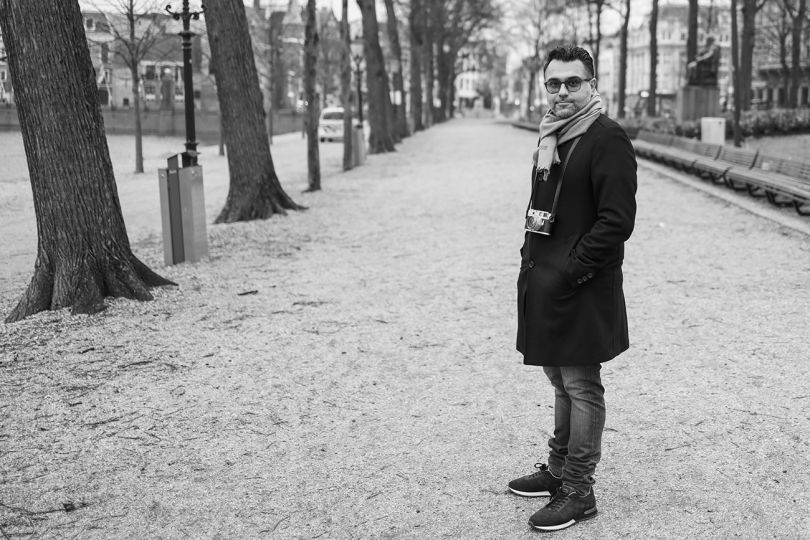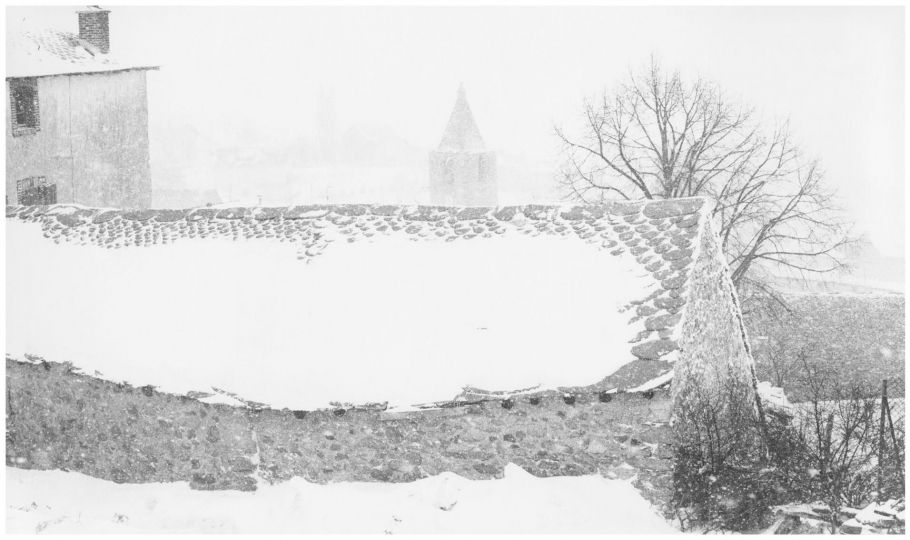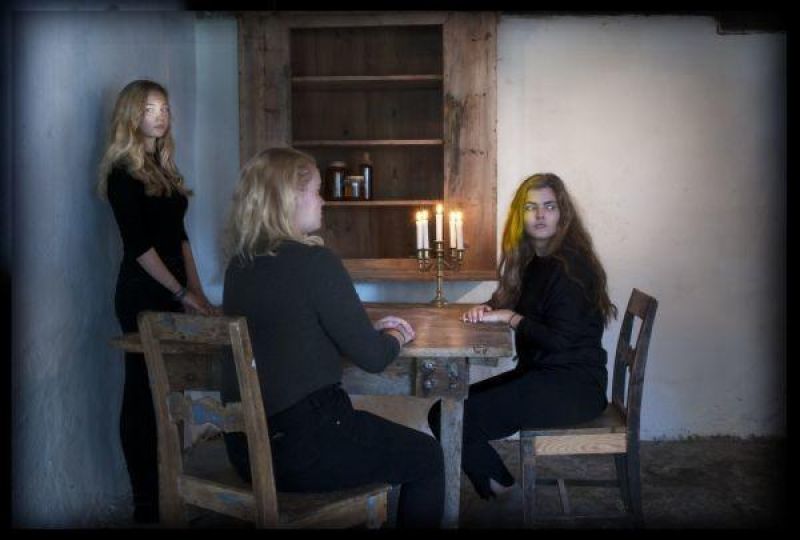Around the world, 20 million women stop their pregnancies every year in very dangerous conditions because of the clandestinity they are forced into . Barriers to access safe abortion are numerous: social resistance, restrictive laws, family pressure, reluctance of the medical profession. On an original project by photographer Laia Abril, Médecins Sans Frontières (MSF) presents an adaptation of On Abortion (Rencontres d’Arles 2016), an installation composed of real objects, photographs and sound recordings collected on different continents. Enriched with testimonials collected by MSF caregivers, it questions the visitor and brings to light a striking series of social triggers, stigmas and taboos around abortion.
This article is reserved for subscribed members only. If you are already a member, you can log in here below.
Subscribe for full access to The Eye of Photography archives!
That’s thousands of images and articles, documenting the history of the medium of photography and its evolution during the last decade, through a unique daily journal. Explore how photography, as an art and as a social phenomenon, continue to define our experience of the world. Two offers are available.
Subscribe either monthly for 8 euros (€) or annually for 79 euros (€) (2 months offered).
















